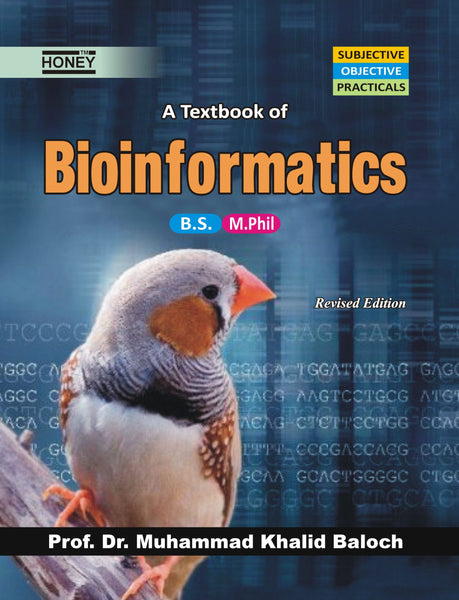Biology of the Invertebrates 7e by Jan A. Pechenik offers a comprehensive exploration of the diverse world of invertebrates, covering their morphology, physiology, behavior, and ecological roles. This seventh edition builds upon the author's renowned expertise, presenting updated research findings and incorporating recent advancements in the field. With clear, concise language and rich illustrations, this textbook serves as an invaluable resource for students and enthusiasts seeking to deepen their understanding of invertebrate biology.
Key Points:
1. Evolutionary Diversity: Invertebrates represent a vast array of organisms, encompassing over 95% of animal species diversity. They inhabit virtually every habitat on Earth, from deep-sea trenches to mountaintops.
2. Morphological Adaptations: Invertebrates exhibit a wide range of morphological adaptations for various ecological niches, including diverse body plans, appendages, and sensory structures.
3. Reproductive Strategies: Invertebrates employ an assortment of reproductive strategies, including sexual and asexual reproduction, broadcast spawning, internal fertilization, and parental care, each tailored to optimize reproductive success in their respective environments.
4. Ecological Interactions: Invertebrates play critical roles in ecosystems as primary producers, consumers, decomposers, and symbionts, influencing nutrient cycling, food webs, and ecosystem stability.
5. Physiological Mechanisms: Invertebrates have evolved remarkable physiological mechanisms to cope with environmental challenges, such as osmoregulation, thermoregulation, and metabolic adaptations to extreme conditions.
6. Behavioral Patterns: Invertebrates exhibit a diverse array of behaviors, including foraging, mating displays, communication, predator avoidance, and social interactions, shaped by both genetic predispositions and environmental cues.
7. Developmental Biology: The embryonic development of invertebrates showcases a wide range of patterns and processes, including cleavage, gastrulation, organogenesis, and metamorphosis, reflecting their evolutionary histories and ecological constraints.
8. Impact of Human Activities: Human activities such as habitat destruction, pollution, climate change, and invasive species introductions pose significant threats to invertebrate biodiversity, with potential cascading effects on ecosystems and human well-being.
9. Conservation Strategies: Conservation efforts aimed at preserving invertebrate diversity encompass habitat restoration, captive breeding programs, establishment of protected areas, and public awareness campaigns to highlight the ecological importance of these often-overlooked organisms.
10. Future Directions: Advancements in molecular biology, genomics, imaging techniques, and ecological modeling hold promise for unraveling the complexities of invertebrate biology, offering insights into their evolutionary history, ecological interactions, and potential applications in biotechnology and medicine.
In conclusion, Biology of the Invertebrates 7e provides a comprehensive overview of invertebrate biology, highlighting their evolutionary significance, ecological roles, and conservation challenges in the face of anthropogenic impacts.
























